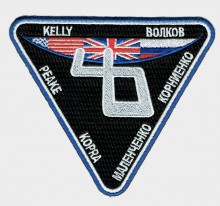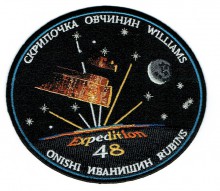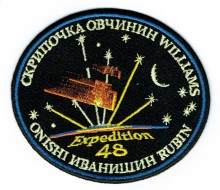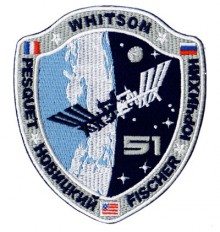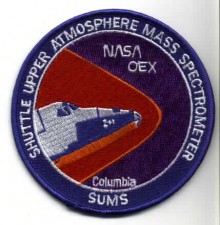The objectives of CSD were to examine how particulates form from a variety of sources and to quantify the performance of several diagnostic techniques. The sources tested included four overheated materials (paper, silicone rubber, Teflon-coated (DuPont) wire, and Kapton-coated (DuPont) wires), each tested at three heating rates, and a candle tested at three air velocities. Paper, silicone rubber, and wire insulation, materials found in spacecraft crew cabins, were selected because of their different smoke properties. The candle yielded hydrocarbon soot typical of many 1g flames. Four diagnostic techniques were employed: thermophoretic sampling collected particulates for size analysis; laser light extinction measurements near the source tallied total particulate production; and laser light scattering and ionization detector measurements far from the particulate source provided data for evaluating the performance of smoke detection systems for these particulate sources.
This experiment was conducted aboard the Space Shuttle Columbia during flight STS-75 of the third United States Microgravity Payload (USMP-3) mission.
- Log in to post comments


